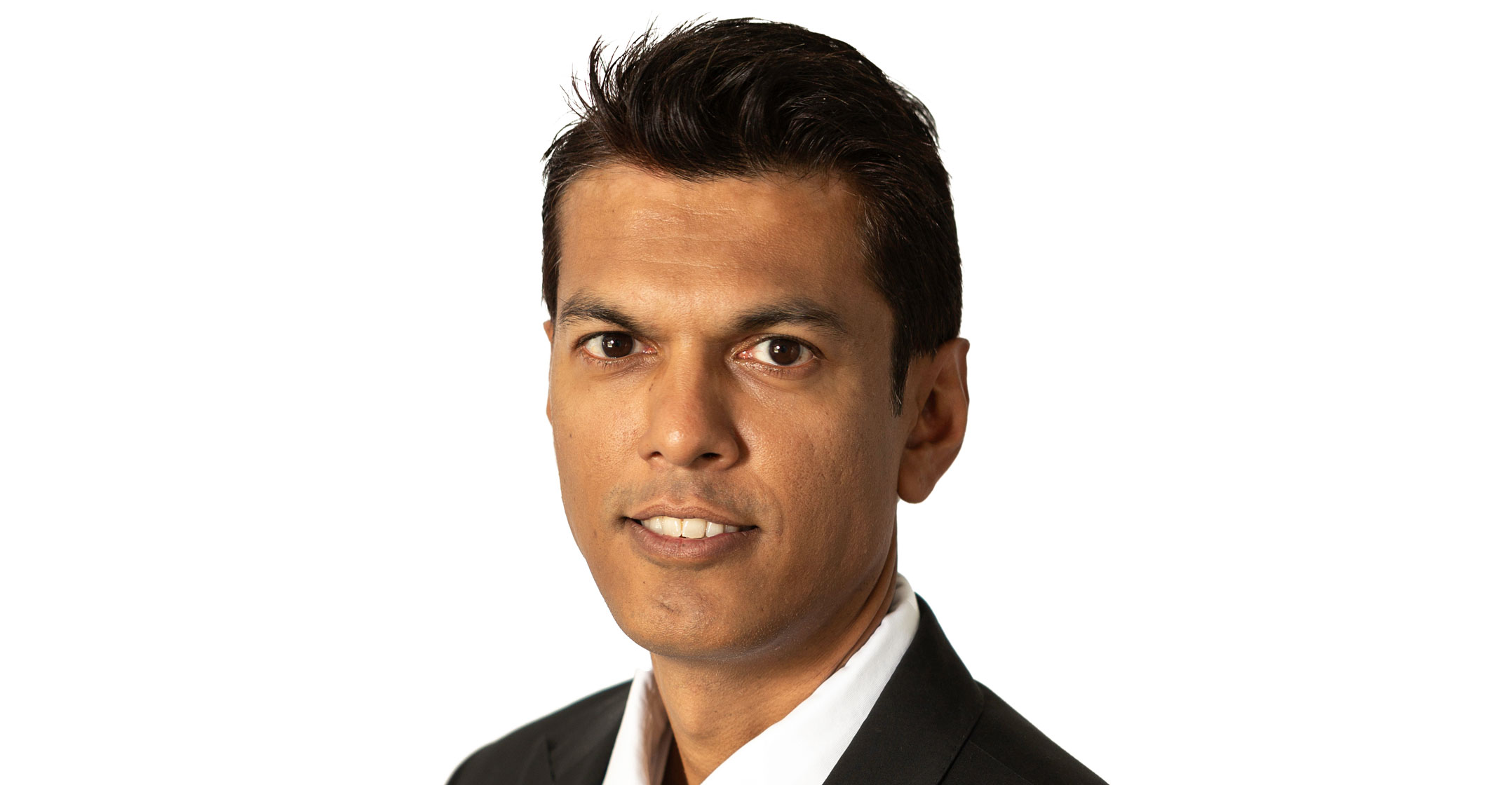
Rebuilding the legacy enterprise platform of a decades-old insurance company and moving it to the cloud is no small undertaking. From scale to complexity parameters, this kind of migration would usually take two to three years. So, when we managed to pull it off in under nine months, we were more than proud. The journey brought its challenges, of course, but we have a newfound ability to be nimble, agile and responsive to our customers’ needs. What’s more, we are now punching well above our weight in a ring with competitors wielding much larger IT budgets.
South African businesses tend to still see IT infrastructure as a traditional capital expenditure rather than a pay-for-use model. Many chief technology officers still purchase hardware and software intending to use it for the next five years. This perspective is outdated — storing and processing data has become extremely cheap, so the global focus has changed to how you can harness the power of your data to gain powerful analytic insights into your operations. In the PPS case, we were motivated to move to the cloud by cost control factors rather than cost reduction. We had several strategic projects that required supercomputing power, and wanted to avoid the capital expenditures associated with upgrading infrastructure for these projects. We also wanted a predictable, opex-based cost model.
At the outset, of course, we needed to run benchmark tests between the various hyperscalers.
(Listen to a TechCentral podcast interview with Avsharn Bachoo.)
We assessed compute (processing power), storage and databases. It soon became clear, as we ran tests with our partner Siatik, that Google was in the lead with excellent results across price, performance and speed to market. In fact, Google ran 70% faster than on premises, using fewer cores and less RAM. Google also supported a multitude of open-source applications, which is line with PPS’s strategy of open-source technologies.
The next step was to get our various teams at PPS on board. Working in the cloud is often more about culture change than technology. Our goal was to become a fintech business with fintech attitude, so we needed to help our people understand that building for digital goes beyond simply migrating to the cloud. Our architecture had to be designed as an ecosystem of social, mobile, analytics and cloud harmony. To achieve this, the underlying tech infrastructure, processes and internal culture all had to change. We have focused on getting people and processes to apply the new technology, while still achieving the consistency and predictability required from a corporate.
Our migration approach was all about “test and learn”. We had both failures and successes — and we learnt that failing fast is important. Each time we moved entire systems to the cloud, we learned important lessons — from network upgrades to VPN configurations — and even used it as an opportunity to clean up legacy architecture.
Key challenges
One of the key challenges was understanding multi-tenancy and shared resources. We didn’t want the usual “lift and shift” approach — we wanted to use the as-a-service versions already available in the cloud. This helped speed up the project and reduced the overall licensing costs.
After just nine months, all our enterprise architecture is now in the cloud. We are using a combination of SaaS, PaaS, and IAAS. With infrastructure as a service (IaaS), the cloud simply provides a base such as servers, storage or networks. Customers still must set up and manage their own applications. In the case of platform as a service (PaaS), the cloud allows customers to develop their own applications, without the complexity of worrying about infrastructure. Finally, with software as a service (SaaS), the cloud manages everything from applications to infrastructure. Customers just have to use it!
 This means we can “snap” in and out as newer technologies become available — and we are always ahead of the technology curve, strategically, as well as operationally. We have more stability, scalability on demand, improved project ROI and good elasticity. As we realigned our budgets from capex to opex, we took advantage of rebalancing our budgets across run, build and grow. The results were incredibly positive. With newly available budget, we’ve launched several innovation projects to add further value. We’ve also built new products to boost our business revenues, including using TensorFlow neural networks to build out propensity models to upsell, cross-sell and even down-sell.
This means we can “snap” in and out as newer technologies become available — and we are always ahead of the technology curve, strategically, as well as operationally. We have more stability, scalability on demand, improved project ROI and good elasticity. As we realigned our budgets from capex to opex, we took advantage of rebalancing our budgets across run, build and grow. The results were incredibly positive. With newly available budget, we’ve launched several innovation projects to add further value. We’ve also built new products to boost our business revenues, including using TensorFlow neural networks to build out propensity models to upsell, cross-sell and even down-sell.
This is our story about taking a leap of faith to rebuild our core systems and move away from legacy infrastructure. There are also important lessons here for South African businesses more broadly. The business models and processes that we have grown deeply familiar with being are disrupted for the better. But amid a global paradigm shift in technology, South Africa is frequently still stuck in a legacy mindset when it comes to the cloud. Businesses are limping behind in cloud innovation, and as a result missing out on opportunities to innovate and grow, even in tough economic conditions. It’s time to accept the change, shed the legacy mindset and get our heads firmly in the cloud.
- Avsharn Bachoo is chief technology officer at PPS, a South African international insurance company. expert in translating business requirements into workable solutions. Bachoo holds a PhD in IT architecture from Wits University, has published in academic journals and been keynote speaker at numerous international conferences.
- This promoted content was paid for by the party concerned

